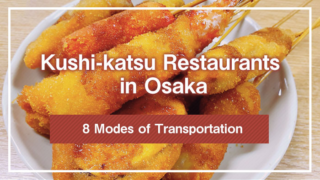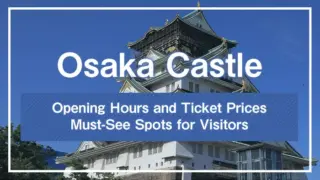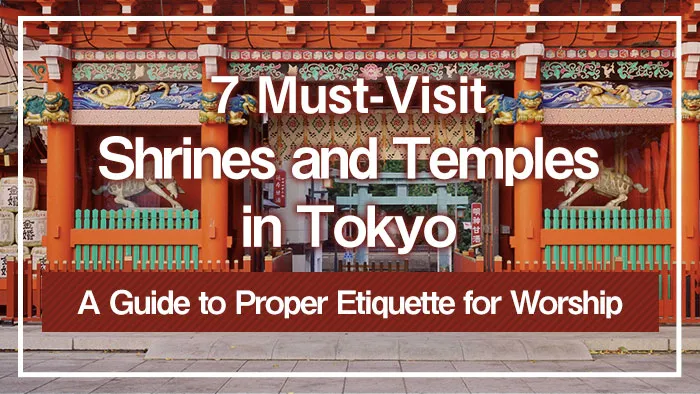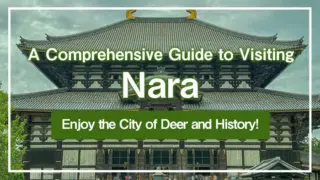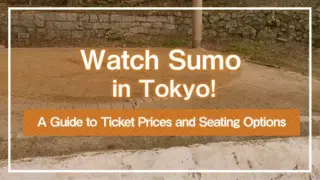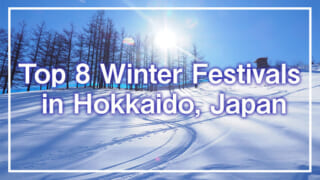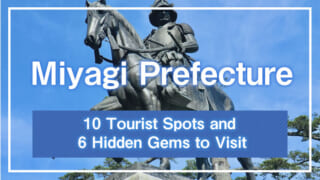If you’re visiting Japan, you’ll likely want to explore some shrines and temples. These places provide a solemn atmosphere where you can experience Japan’s history and culture firsthand. However, with the sheer number of shrines and temples across Japan, it can be hard to decide which ones to visit.
In this article, we’ll introduce some of Tokyo’s most popular shrines and temples, which are also highly recommended for tourists. Along with highlighting the unique appeal of each location, we’ll explain some useful tips and etiquette for visiting these sites, so be sure to use this guide as a reference.
1.Seven Must-Visit Shrines and Temples in Tokyo
Tokyo is home to numerous shrines and temples that are deeply tied to the city’s history. During the Edo period, Tokyo (then called Edo) was the political center of Japan, with shrines and temples built to protect Edo Castle and to serve the spiritual needs of its inhabitants.
Japan has long had a tradition of praying to the gods and Buddhas in various aspects of daily life,and Tokyo is no exception, with many sacred places that have been constructed over the centuries.
1-1.Sensoji Temple
Sensoji, boasting over 1,400 years of history, is the oldest temple in Tokyo and remains a symbol of the city with its beautiful architecture and lively surroundings that evoke the charm of old Japan.
The iconic Kaminarimon (Thunder Gate), marked by its giant red lantern, is a famous symbol of Sensoji.Once you pass through this gate, you’ll find Nakamise-dori, a bustling street lined with souvenir shops and food stalls.
This street, which has been a temple approach since the Edo period, offers traditional crafts and tasty street foods, like Ningyo-yaki (doll-shaped cakes) and deep-fried manju, which are must-try snacks.
As you continue through Nakamise-dori, you’ll eventually reach the main hall. Inside, the principal deity, Kannon (Bodhisattva of Compassion), is enshrined, and worshippers come to offer prayers for various blessings.
1-2.Meiji Shrine
Meiji Shrine, located in Shibuya, is dedicated to Emperor Meiji and Empress Shoken. Despite its location in the heart of Tokyo, the shrine is surrounded by a lush forest that offers beautiful seasonal landscapes.
The grand approach to the shrine, known as the South Approach, is lined with large camphor trees that were planted when the shrine was built, creating a majestic atmosphere. One notable feature is the display of wine barrels, which were offered to the shrine in homage to Emperor Meiji’s love for wine. These barrels were donated by wineries from Japan and abroad.
The shrine’s main hall is constructed from Japanese timber, exemplifying traditional Japanese architecture. Within the grounds, you’ll also find Kiyomasa’s Well, a natural spring that’s said to have been dug by the famous samurai Kato Kiyomasa during the construction of Edo Castle.
1-3.Yasukuni Shrine
Yasukuni Shrine, located in Chiyoda, enshrines the spirits of those who died in service to the nation. Since its founding after the Meiji Restoration, the shrine has held a special place in the hearts of many Japanese, as it honors those who sacrificed their lives in various conflicts. The adjacent Yushukan Museum commemorates these individuals and displays historical artifacts related to Japan’s wartime history.
Given the historical and political significance of Yasukuni Shrine, visitors should be mindful and respectful when visiting.
1-4.Tokyo Daijingu Shrine
Tokyo Daijingu, famous for its deity of matchmaking, is especially popular among young women. The shrine enshrines Amaterasu Omikami, the principal deity of Ise Shrine, and is often referred to as the “Ise Shrine of Tokyo.” It’s also known as the site of Japan’s first Shinto wedding ceremony.
Tokyo Daijingu was originally built in 1880 as a remote worship hall for Ise Shrine and was initially located in Hibiya. However, after the Great Kanto Earthquake, the shrine was relocated to its current site and renamed Tokyo Daijingu.
In addition to matchmaking, the shrine is believed to grant blessings for household safety, prosperity in business, and protection from misfortune.
1-5.Tomioka Hachimangu Shrine
Tomioka Hachimangu, located in Koto Ward, is also known as “Fukagawa Hachimangu” and is the largest Hachiman Shrine in Edo. Its annual summer festival, the Fukagawa Hachiman Festival, is one of the three great festivals of Edo, featuring energetic processions of portable shrines and floats.
The shrine was founded in 1627 and became affectionately known as “Fukagawa Hachiman” by locals. It also has deep connections to sumo wrestling, with the sport’s official tournaments first being held at the shrine grounds during the Edo period.Within the grounds, you can find monuments commemorating past sumo champions.
1-6.Ueno Toshogu Shrine
Ueno Toshogu Shrine, located within Ueno Park, enshrines Tokugawa Ieyasu, the founder of the Tokugawa shogunate. It is one of the three great Toshogu shrines, along with Nikko Toshogu and Kunozan Toshogu. The shrine’s richly adorned structure is a must-see, showcasing the craftsmanship of the Edo period.
Built in 1627, Ueno Toshogu became a symbol of the Tokugawa shogunate’s authority. The intricate carvings and vibrant colors of the shrine are representative of the artistic peak of the Edo era. The shrine is also known for its peony garden, which draws many visitors in spring.
1-7.Hie Shrine
Hie Shrine, located in Nagatacho, is a revered shrine that has long been considered a guardian of Tokyo, protecting the city from the northeast, a direction traditionally associated with evil spirits. First built in the Kamakura period, it later gained the patronage of Tokugawa Ieyasu, ensuring its importance throughout the Edo period.
The shrine’s principal deity is Oyamakui-no-kami, the god of mountains, who is believed to watch over people’s lives. Within the grounds, various other deities offer blessings for prosperity in business, matchmaking, and protection from misfortune.
Top 10 Cities to Visit in Japan: Their Charm and Attractions for Tourists
2.Proper Etiquette for Shrine Visits
Japanese shrines are sacred spaces with long-standing traditions. When visiting a shrine, it’s important to observe the proper etiquette. Here are some basic customs and rules for shrine visits:
| 1 | Passing through the Torii Gate |
|---|---|
| The torii gate marks the boundary between the sacred and the secular. Bow once in front of the torii, and then proceed into the sacred space. | |
| 2 | Purification at the Temizuya |
If there is a purification basin (temizuya), cleanse your hands and mouth as follows:
| |
| 3 | Approaching the Main Hall |
| When walking toward the main hall, avoid the center of the path, as it is considered the path of the gods. Walk along the sides instead. | |
| 4 | Offering Money |
| Toss a coin into the offering box, and if there’s a bell, ring it. | |
| 5 | Two Bows, Two Claps, One Bow |
| Bow deeply twice, clap twice, make your prayer, and then bow deeply once more. | |
Some areas may prohibit photography, so if you’d like to take pictures, be sure to check in advance.
A goshuin is a stamp or seal that serves as proof of your visit to a shrine or temple. It typically includes the name of the shrine or temple, the date of your visit, and sometimes the name of the deity or principal image worshipped there, all written in beautiful calligraphy. Each goshuin is unique and reflects the character of the shrine or temple, making them popular among collectors.
You can usually obtain a goshuin at the shrine or temple’s office. To receive one, bring a goshuincho (stamp book), which is often available for purchase at the shrine or temple, though it’s a good idea to have one prepared in advance.
Conclusion
Tokyo is a city where modernity coexists with ancient traditions. For example, Sensoji Temple stands as the oldest temple in the city, with Kaminarimon and Nakamise-dori embodying the Edo period’s spirit. At Nakamise-dori, you can enjoy both shopping and local food.
Meiji Shrine, dedicated to Emperor Meiji and Empress Shoken, is surrounded by lush greenery, providing a peaceful retreat from the bustling city. During New Year, many people visit for the first prayers of the year, known as hatsumode.
Visiting these shrines and temples offers a unique glimpse into Japan’s rich cultural and spiritual heritage.
*This article is based on information available as of October 2024.



